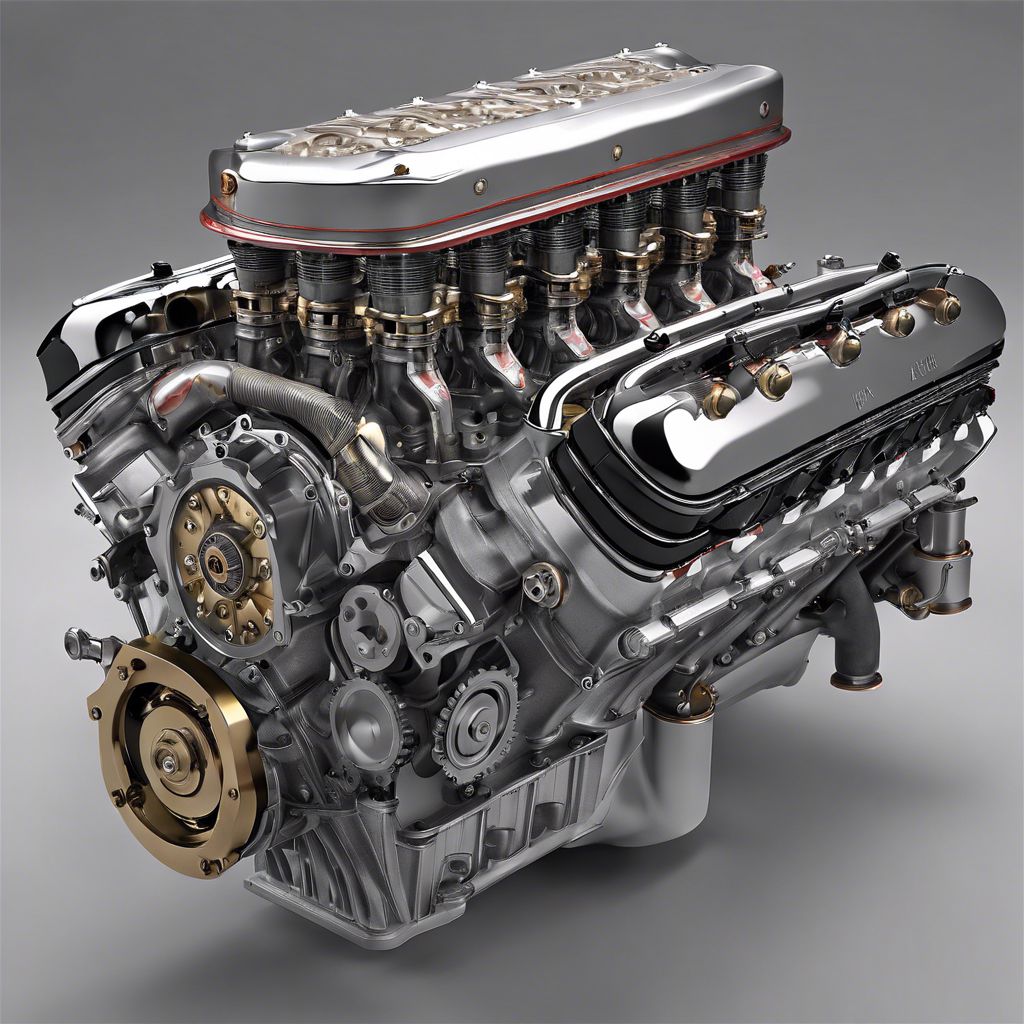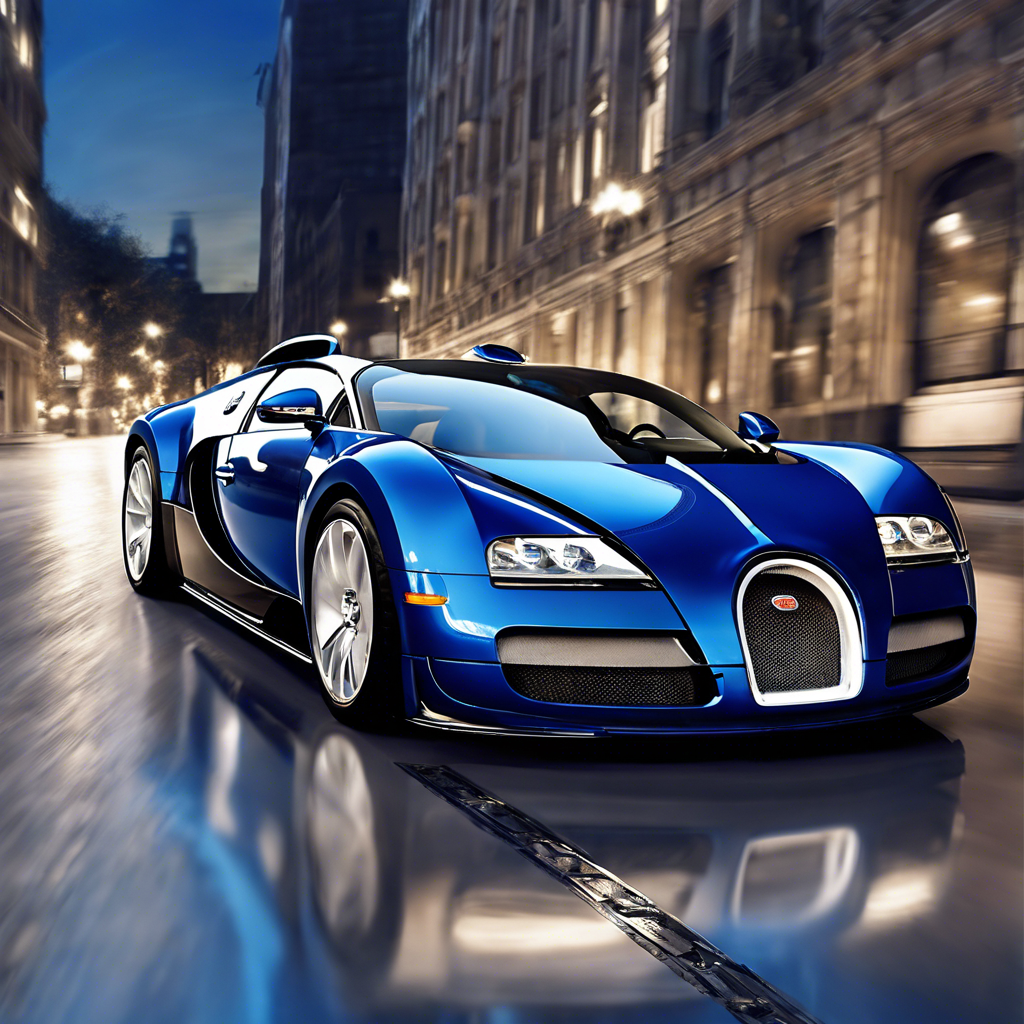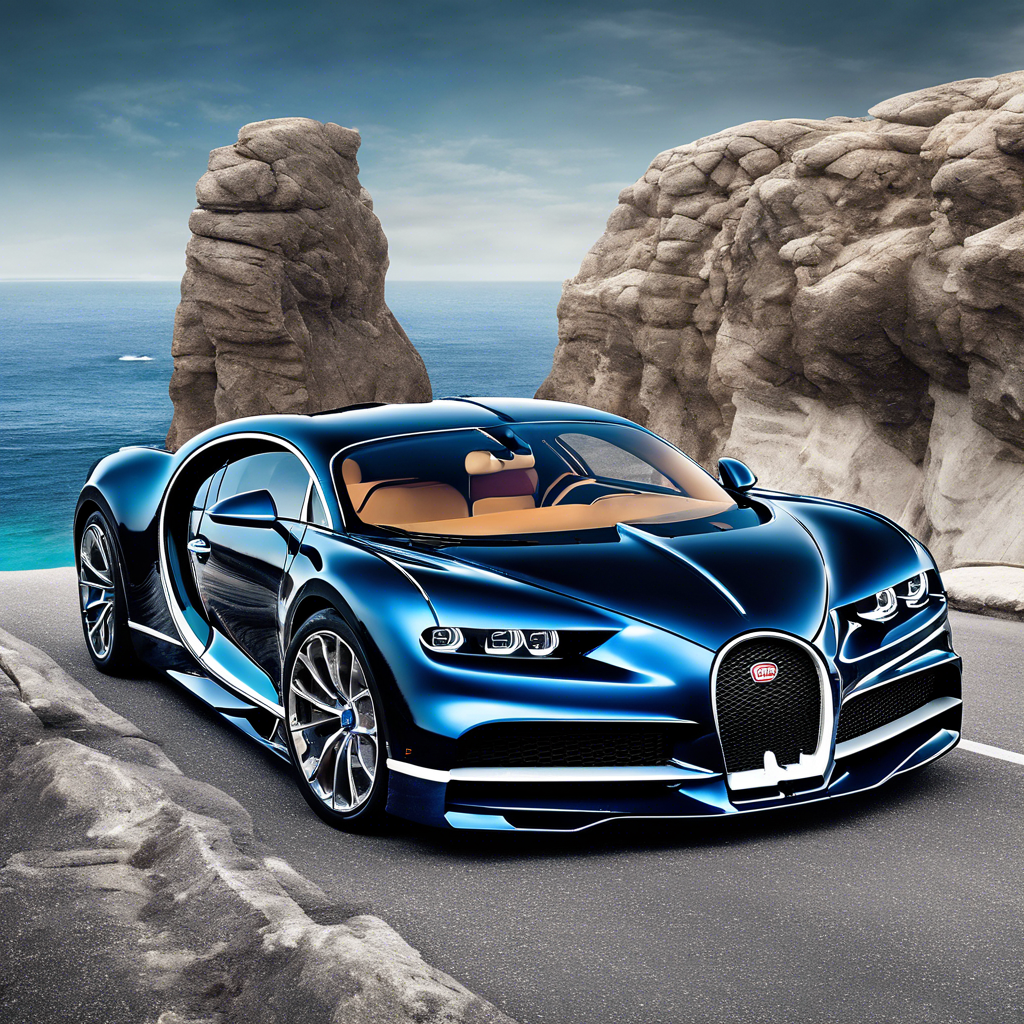The automotive world has long been fascinated by the pursuit of power and performance. Among the various engine configurations that have emerged over the decades, few have captured the imagination of engineers and enthusiasts alike quite like the W16 engine. Known for its prodigious power output and unique design, the W16 stands as a testament to the heights of automotive engineering. In this blog post, we will delve into the intricacies of the W16 engine, exploring its design, mechanics, applications, and the reasons behind its cult status in the world of high-performance vehicles.
Understanding the W16 Engine Configuration

The W16 engine is a sixteen-cylinder internal combustion engine that derives its name from its distinctive configuration. It is characterized by its two sets of eight cylinders arranged in a “W” shape, allowing for a compact design that achieves high power output without taking up excessive space. This unique arrangement allows for two banks of cylinders to be tightly packed together, resulting in a relatively short overall engine length, which can be a considerable advantage in vehicle design.
At its core, the W16 engine is fundamentally a V8 engine, with two V8s sharing a common crankshaft. The design typically consists of four banks of cylinders, arranged at an angle to each other, allowing for effective cylinder firing and smooth operation. By compressing this layout into a compact form, the W16 engine achieves a higher power-to-weight ratio compared to traditional engine designs.
Mechanical Aspects and Performance
One of the most compelling aspects of the W16 engine is its sheer performance capabilities. Engineered primarily for hypercars, the W16 can produce astonishing amounts of horsepower and torque, often exceeding 1,000 horsepower in production models. This remarkable power enables vehicles equipped with W16 engines to achieve breathtaking acceleration and top speeds that are the envy of the automotive industry.
The W16’s performance is further enhanced by the use of advanced technology such as turbocharging. Turbochargers increase the efficiency of combustion by forcing more air into the engine, which allows for more fuel to be burned and, consequently, greater power output. Many W16 engines, such as those used in the Bugatti Veyron and Chiron, feature quad-turbochargers, which amplify their performance capabilities beyond what is conceivable in traditional engine configurations.
In terms of engineering complexity, the W16 is sophisticated. It typically includes features like a dual overhead camshaft (DOHC) design, variable valve timing, and an advanced cooling system. Each of these components contributes to the engine’s ability to operate efficiently under the extreme conditions typical in high-performance settings.
Applications of the W16 Engine
The W16 engine’s primary applications are found in some of the world’s most prestigious hypercars. Notable examples include:
Bugatti Veyron

Released in 2005, the Bugatti Veyron was revolutionary, becoming the first production car to exceed 1,000 horsepower. The W16 engine in the Veyron produced a staggering 1,001 horsepower, allowing it to sprint from 0-60 mph in just 2.5 seconds and reach a top speed of over 250 mph. It set new benchmarks for speed and engineering excellence.
Bugatti Chiron

The Veyron’s successor, the Bugatti Chiron, took performance to even greater heights. With an upgraded W16 engine producing 1,479 horsepower, it showcased advancements in turbocharging technology and engineering precision. The Chiron redefined hypercar performance, achieving a top speed of 304 mph under controlled conditions.
Other Notable Mentions
While Bugatti remains linked to the W16 engine, this design is not proprietary to the brand. Several custom automakers and performance tuning firms have experimented with W16 variants. Creating unique concept cars and prototypes that push the boundaries of what this engine configuration is capable of.
The Cultural Impact and Future of the W16 Engine
A symbol of the ultimate in automotive engineering quest of speed, the W16 engine’s appeal goes beyond its power output. It has become an icon in the automotive culture, representing innovation, luxury, and performance. Enthusiasts and collectors often regard vehicles equipped with W16 engines as the crown jewels of their collections.
However, as the automotive landscape evolves, there are questions about the future of such engines. The automotive industry is witnessing a significant shift toward electrification and sustainability. Many manufacturers are pivoting to hybrid and fully electric powertrains. Many manufacturers also leaving traditional internal combustion engine configurations like the W16 in a precarious position.
Despite these challenges, it is likely that the W16 will have a long-lasting effect. While they investigate, manufacturers such as Bugatti have suggested that they may continue to use hybrid technology in limited-edition models. Through the integration of electric motors with the W16’s raw power to improve performance and efficiency. The essence of the W16 can be retained in future automotive design.
Conclusion
The W16 engine, which provides exceptional performance in a small package, is a noteworthy accomplishment in automotive engineering. It has redefined the standards of speed and power in vehicles like the Bugatti Veyron and Chiron. But it has also inspired a generation of engineers and enthusiasts.
The future of the W16 may appear uncertain as the industry transitions to greener technologies. Nevertheless, its legacy will undoubtedly continue to influence the design of performance vehicles for years to come. The W16 engine’s future, whether it will be a cherished relic of automotive history or a resonant feature in upcoming hypercars. It is a testament to its remarkable engineering capabilities, which reflect the fervor and ambition involved in the pursuit of exceptional performance.